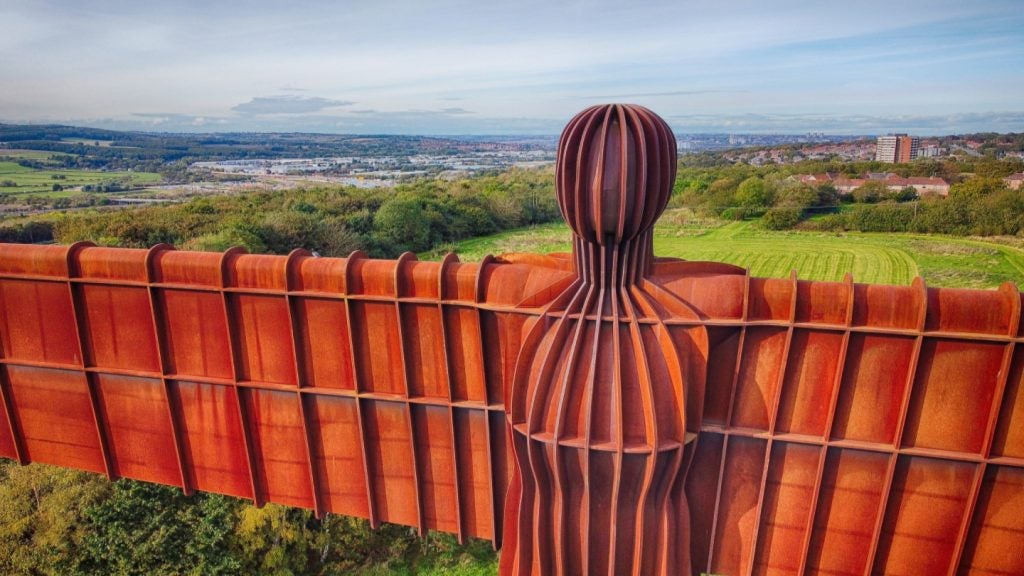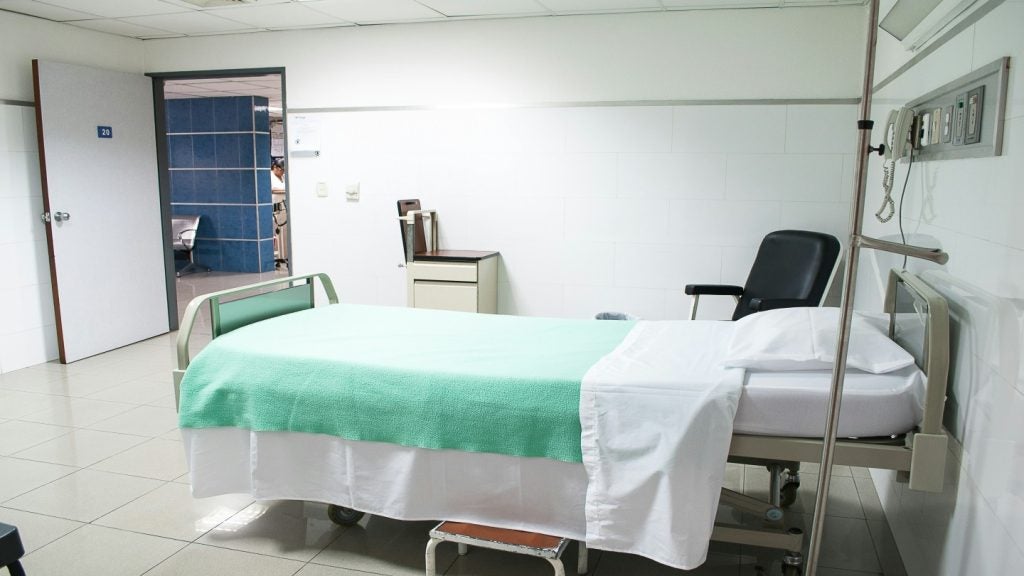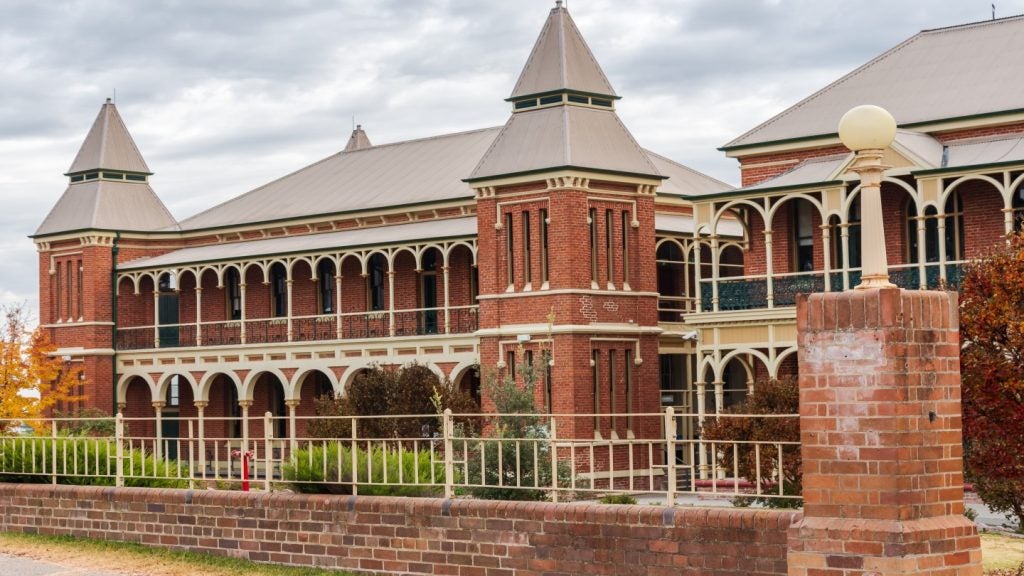
Apart from the medical requirements, a hospital strips away normal lifestyle and activities, thus increasing the stress on patients. Therefore, it is important that new medical equipment and processes are designed to alleviate these impositions, while still retaining their curative properties.
Hospitals, as we know them today, were first established by early Muslims. They offered the best available medical service at that time and cared for all people free of charge.
An early version of what is on offer in public systems today (though hospitals are now far more advanced in patient care), the first organised hospital was built in Cairo in 1872 and gave free medicine to all patients.
It provided separate bath houses for men and women, a rich library and a section for those considered insane. From its beginnings, a hospital was intended to be a place of comfort and happiness for the patients.
Recent improvements to design of devices, wards and interior furnishings of hospitals, however, have started to improve the potential for happiness and fun to exist within the hospital walls, as well as comfort. This can especially be seen in children’s ward developments.
See Also:
CHILD’S PLAY
How well do you really know your competitors?
Access the most comprehensive Company Profiles on the market, powered by GlobalData. Save hours of research. Gain competitive edge.

Thank you!
Your download email will arrive shortly
Not ready to buy yet? Download a free sample
We are confident about the unique quality of our Company Profiles. However, we want you to make the most beneficial decision for your business, so we offer a free sample that you can download by submitting the below form
By GlobalData“A happier child is a healthier child,” says Abigail Stein of the Yorkhill Foundation at the Royal Hospital for Sick Children in Glasgow. Yorkhill has linked with professional performers who are trained to work with children. They have the glorious title of Clowndoctors and activities such as music, puppetry, story-telling and movement form part of their repertoire.
The sick children at Yorkhill also benefit from their own custom-built internal cinema – the Medicinema. This has been integrated into the hospital lecture theatre and shows the latest blockbusters for the children, their families and friends.
“It is a great aid to the passing of time for the kids,” says Abigail Stein, “as this is often the hardest part of a child’s stay with us.”
The Medicinema is a full state-of -the-art installation with retractable special seating and surround-sound systems. “The youngsters absolutely love it,” says Stein.
“Hospitals can be frightening enough if you’re an adult, but for a child it can seem like another world – strange rooms, needles, tubes, medicine and funny smells can all combine to make a stay in hospital uncomfortable.”
There are other UK-wide children’s hospital charities, such as the Wallace & Gromit’s Children’s Foundation, which raise money to improve the quality of life for children in hospitals and hospices throughout the UK. These foundations work with network of children’s hospitals and hospices to provide the very best comforts and facilities available.
But work is not only taking place to make stays better for the younger generations. Innovation, which can help medical practices while aiding enjoyment, is also on the rise.
ACCESSIBLE INVENTIONS
The Glasgow School of Art (GSA) offers a product design course for engineering students. The 2008 course produced the PNF (Proprioceptive Neuromuscular Facilitation) Partner device, invented by Evita Akomode.
“PNF is a stretching technique used for muscle rehabilitation,” Akomode says. “It rapidly increases muscular flexibility and strength, preventing muscular strain.”
The PNF Partner enables an individual to carry out PNF exercises effectively and eliminates the requirement for access to the services of a PNF-trained physiotherapist. Before long, this device may be replacing dominoes and crosswords in sheltered housing complexes as elderly patients gradually rebuild their physical attributes.
The Active Haemodialysis Needle (AHN) is another brainchild, by Sarah Calder, which allows haemodialysis patients more freedom to move while on dialysis. Exercise while on dialysis improves the efficacy of the treatment but this is very difficult because of the rigid, metallic needles that are currently in use.
Calder’s needle allows movement by redesigning the method of connecting the dialyser to the patient. The new needle system is a soft biomaterial which flexes inside the vein with no risk of piercing the wall.
This method improves the recovery process and greatly lessens the fears of the pain and bruising that regularly accompany the treatment.
The final invention from GSA is the work of Nora Pan who has developed the Breathesda pack for patients with respiratory problems. “”Sometimes, the current equipment of oxygen bottles can ignite with horrific results,” she says. “The great benefit of my system is that it is easier for the patient to carry as it is a rucksack system and greatly reduces the ignition danger.”
It is a portable oxygen delivery system, human-centred design with the elderly in mind. Based on vacuum-swing-technology, it avoids the dangerous pooling of unbreathed oxygen. The 3kg system features an ergonomically proven weight distribution giving Breathesda a weightless quality. All of this may lead to PNF-strengthened, AHN-dialysed patients striding around the streets wearing their Breathesda packs.
Medical improvements such as these could very well improve the outlook of patients in hospitals, and just skim the surface on this growing area of concern when it comes to designing and kitting out a hospital for various functions. As a hospital manager, these innovations could not only make life for your patients easier, but reduce staff stress to allow them to concentrate on what they know best, patient and hospital care.







